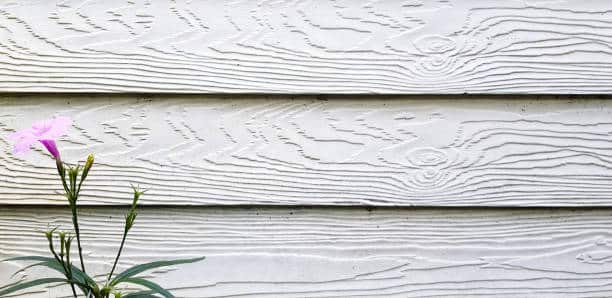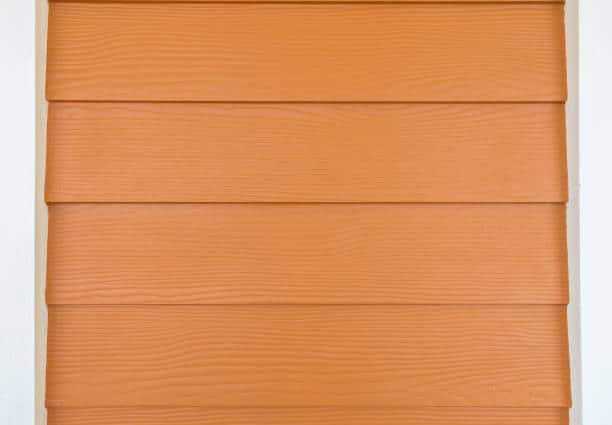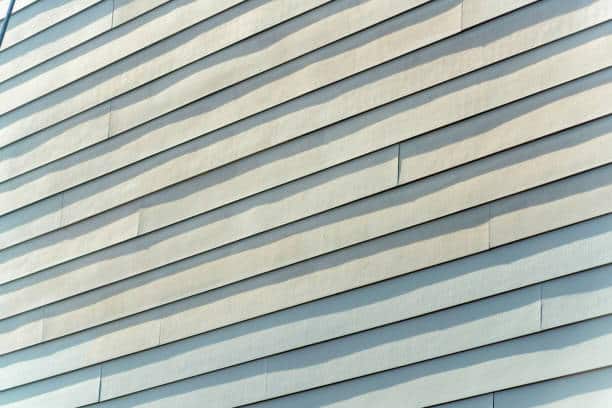You’re planning a siding replacement project and everyone has an opinion. The contractor suggests fiber cement while your neighbor praises their vinyl siding’s low maintenance. Meanwhile, you’re searching for the most durable siding for houses and getting conflicting information everywhere you look. The truth about fiber cement vs vinyl siding longevity isn’t just about marketing claims—it’s about real-world performance data that can save or cost you thousands over the next few decades.
After analyzing warranty claims, insurance data, and replacement cycles across different climates, seven shocking differences emerge that most homeowners never consider before making their siding choice.
Understanding Fiber Cement vs Vinyl Siding Basics

Before examining fiber cement vs vinyl siding longevity differences, let’s clarify what each material actually is. Many homeowners confuse these products or don’t understand their fundamental composition differences.
Fiber Cement Siding combines cement, sand, and cellulose fibers to create a dense, durable material that mimics wood, stone, or stucco. Leading brands like James Hardie, Nichiha, and Allura offer various textures and factory finishes. The material is non-combustible, pest-resistant, and extremely stable.
Vinyl Siding uses polyvinyl chloride (PVC) resin formed into lightweight panels. Popular brands include CertainTeed, Mastic, and Ply Gem. Vinyl offers affordability and easy installation but with significant performance trade-offs.
The composition differences directly impact longevity. Fiber cement’s mineral-based structure resists degradation that affects plastic-based vinyl over time.
Shocking Difference #1: Expected Lifespan Varies Dramatically
The most fundamental difference in fiber cement vs vinyl siding longevity is raw lifespan expectancy. Industry data and manufacturer warranties reveal stark contrasts.
Fiber Cement Lifespan: 40-50 years with proper installation and maintenance Vinyl Siding Lifespan: 20-30 years in average conditions
This isn’t just marketing hyperbole. Insurance industry actuarial data supports these timeframes based on replacement claim patterns. Fiber cement consistently delivers twice the service life of vinyl siding.
For Plano homeowners, this longevity difference means choosing fiber cement eliminates one complete siding replacement cycle. Over a 50-year period, you’ll replace vinyl siding twice while fiber cement continues protecting your home.
The lifespan advantage compounds when you consider installation costs. Siding replacement involves more than just material costs—there’s labor, permits, disposal fees, and disruption to your household. Avoiding one replacement cycle saves $15,000-25,000 in today’s dollars.
Climate plays a role in these timeframes. Plano’s hot summers and occasional severe weather can reduce vinyl’s lifespan to the lower end of the range, while fiber cement maintains performance even in challenging conditions.
Shocking Difference #2: Weather Resistance Creates Performance Gaps
Texas weather tests siding materials in ways that reveal dramatic performance differences. The fiber cement vs vinyl siding longevity debate often centers on weather resistance because failures here end service life prematurely.
Fiber Cement Weather Performance:
- Handles freeze-thaw cycles without cracking
- Resists high winds up to Category 5 hurricane ratings
- Withstands hail impact that destroys other materials
- Performs consistently in coastal salt air environments
Vinyl Siding Weather Vulnerabilities:
- Warps and buckles in extreme heat (common in Texas summers)
- Becomes brittle and cracks in freezing temperatures
- Wind damage occurs at lower speeds than fiber cement ratings
- UV degradation accelerates in high-sun environments
In Plano’s climate, summer temperatures regularly exceed 100°F. Vinyl siding expands and contracts significantly in these conditions, leading to warping, buckling, and joint failures. Dark-colored vinyl is particularly vulnerable to heat damage.
Fiber cement maintains dimensional stability across temperature extremes. The material’s thermal mass and composition prevent the expansion-contraction cycles that stress vinyl installations.
Storm damage represents another critical difference. Texas experiences severe thunderstorms with large hail that can total vinyl siding installations. Fiber cement’s impact resistance often allows homes to weather the same storms without replacement.
Shocking Difference #3: UV and Fade Resistance Affects Long-Term Appearance

Sun exposure degrades siding materials differently, creating visible aging patterns that affect both appearance and longevity. The fiber cement vs vinyl siding longevity comparison reveals shocking differences in UV resistance.
Fiber Cement UV Performance:
- Factory coatings like James Hardie ColorPlus resist fading for 15+ years
- Repainting options restore like-new appearance
- Color retention maintained even in high-UV environments
- Chalking and degradation minimal over decades
Vinyl Siding UV Challenges:
- Significant color fading within 5-10 years
- Darker colors fade faster and more noticeably
- Cannot be effectively repainted to restore appearance
- UV degradation makes material brittle over time
For homeowners in sunny climates like Plano, UV resistance directly impacts siding longevity. Vinyl’s color fading isn’t just cosmetic—it indicates material degradation that shortens service life.
The inability to repaint vinyl effectively means color fading equals replacement time for many homeowners. Fiber cement offers the option to refresh appearance with quality exterior house painting, extending service life even further.
Professional painters often recommend fiber cement specifically because it accepts paint well and maintains excellent adhesion over decades. This repaintability factor can extend effective service life to 60+ years.
Shocking Difference #4: Fire and Pest Resistance Provide Safety Advantages
Safety considerations in fiber cement vs vinyl siding longevity discussions often get overlooked, but they significantly impact both performance and insurance costs.
Fiber Cement Safety Advantages:
- Non-combustible material meets ASTM E136 fire safety standards
- Termite and carpenter ant resistance eliminates pest-related damage
- Won’t melt or release toxic fumes in fire exposure
- Often qualifies for insurance discounts in fire-prone areas
Vinyl Siding Safety Concerns:
- Melts and deforms in fire exposure
- Releases toxic gases when burning
- Provides no pest resistance behind panel systems
- May increase insurance premiums in some areas
Fire resistance becomes particularly important for homes near wooded areas or in regions with wildfire risk. While not common in Plano, the safety advantages of non-combustible siding provide peace of mind and potential insurance benefits.
Pest resistance offers practical longevity benefits. Termites and carpenter ants can damage wood framing behind vinyl siding without affecting the siding itself. Homeowners often don’t discover infestations until significant structural damage occurs.
Fiber cement’s pest resistance eliminates this risk entirely. The material provides no food source for insects and creates a barrier that prevents access to underlying structure.
Shocking Difference #5: Maintenance Requirements Impact Long-Term Costs
Maintenance needs differ dramatically between materials, affecting both convenience and total ownership costs in fiber cement vs vinyl siding longevity calculations.
Fiber Cement Maintenance:
- Requires repainting every 15-20 years
- Individual plank replacement possible for damage
- Cleaning maintains appearance between paint cycles
- Professional installation ensures proper performance
Vinyl Siding Maintenance:
- Marketed as “maintenance-free” but requires repairs
- Section replacement needed for cracks or damage
- Color matching becomes difficult as material ages
- No effective restoration options for faded appearance
The “maintenance-free” vinyl marketing creates unrealistic expectations. While vinyl doesn’t require painting, it does need repairs and eventual replacement much sooner than fiber cement.
Fiber cement’s repainting requirement actually becomes an advantage. Regular painting cycles allow inspection of the building envelope, early detection of problems, and ongoing protection enhancement.
Professional painters can spot potential issues during repainting that homeowners might miss. This preventive approach often prevents costly repairs and extends overall building life.
For Plano homeowners, the climate makes regular exterior maintenance important regardless of siding type. Fiber cement’s repaintability allows adaptation to changing color preferences and ongoing protection enhancement.
Shocking Difference #6: Structural Stability Prevents Damage
Physical durability creates major differences in fiber cement vs vinyl siding longevity, particularly regarding impact resistance and structural stability.
The structural differences become apparent in everyday situations. A baseball hitting vinyl siding can crack or dent the material. The same impact on fiber cement leaves no damage.
Yard maintenance equipment poses ongoing risks to vinyl siding. Lawn mowers, weed trimmers, and pressure washers can easily damage vinyl panels. Fiber cement withstands normal maintenance activities without concern.
Hail damage represents a major concern for Texas homeowners. Vinyl siding often suffers total loss from hail storms that leave fiber cement undamaged. Insurance claims data shows dramatically different loss patterns between the materials.
The hollow nature of vinyl creates thermal movement that affects appearance over time. Panels develop waves and irregularities that cannot be corrected without replacement. Fiber cement maintains crisp, straight lines throughout its service life.
Shocking Difference #7: Warranty Coverage Reflects Manufacturer Confidence

Warranty terms reveal manufacturer confidence in product longevity and provide insight into expected fiber cement vs vinyl siding longevity differences.
Fiber Cement Warranty Coverage:
- James Hardie offers 30-year non-prorated warranties
- Coverage includes material defects and performance failures
- ColorPlus finishes warranted for 15 years against fading
- Professional installation requirements protect warranty validity
Vinyl Siding Warranty Coverage:
- Typically 20-30 years but often heavily prorated
- Limited coverage for fading and weathering
- Exclusions for impact damage and thermal movement
- Transferability restrictions affect resale value
The non-prorated nature of premium fiber cement warranties provides real protection throughout the service life. Prorated vinyl warranties offer diminishing value over time.
Warranty coverage requires professional installation for both materials, but fiber cement manufacturers typically have stricter requirements. This ensures proper performance but requires experienced contractors.
Professional installation becomes particularly important for warranty validity. Improper installation voids coverage and can significantly reduce actual service life. Understanding what happens during a day on site with professional crews helps homeowners appreciate the installation complexity.
Climate-Specific Performance in Plano
Plano’s climate creates specific challenges that highlight fiber cement vs vinyl siding longevity differences.
Plano Climate Factors:
- Summer temperatures regularly exceed 100°F
- Intense UV exposure year-round
- Severe thunderstorms with large hail
- Occasional ice storms and freezing
- High humidity during summer months
How Each Material Handles Plano Weather:
Fiber Cement Performance:
- Temperature stability prevents thermal stress
- UV resistance maintains appearance and integrity
- Impact resistance withstands hail damage
- Moisture resistance prevents humidity issues
Vinyl Performance Challenges:
- Heat warping on south and west exposures
- Accelerated fading from intense sun
- Brittleness during occasional freezes
- Thermal expansion creates joint problems
Aesthetic Longevity and Design Flexibility
Appearance retention over time significantly impacts perceived value and actual longevity in fiber cement vs vinyl siding longevity comparisons.
For homeowners planning to stay long-term, aesthetic longevity matters enormously. Fiber cement maintains curb appeal throughout its service life, while vinyl often looks dated and faded after 10-15 years.
The ability to repaint fiber cement allows adaptation to changing style preferences without material replacement. This flexibility extends effective service life beyond even the material’s physical durability.
Professional Installation Maximizes Longevity
Regardless of material choice, professional installation dramatically affects actual service life and warranty protection.
Critical Installation Factors:
- Proper flashing and moisture management
- Correct fastening and spacing specifications
- Quality substrate preparation
- Climate-appropriate installation techniques
Poor installation can reduce either material’s service life by 30-50%. Professional contractors understand regional requirements and manufacturer specifications that ensure maximum longevity.
Transform Your Home with Long-Lasting Siding Solutions
Understanding fiber cement vs vinyl siding longevity differences helps you make informed decisions about your home’s protection and value. The evidence clearly shows fiber cement’s superior performance across all durability metrics.
While fiber cement requires higher upfront investment, the extended service life, superior weather resistance, and maintained appearance provide exceptional long-term value for homeowners planning to stay put.
Don’t settle for short-term solutions that require replacement in 20 years. Whether you choose fiber cement for maximum longevity or need vinyl for budget constraints, professional installation ensures you receive the full performance potential of your investment. Our comprehensive approach includes proper preparation, quality materials, and installation techniques that maximize service life regardless of material choice.





